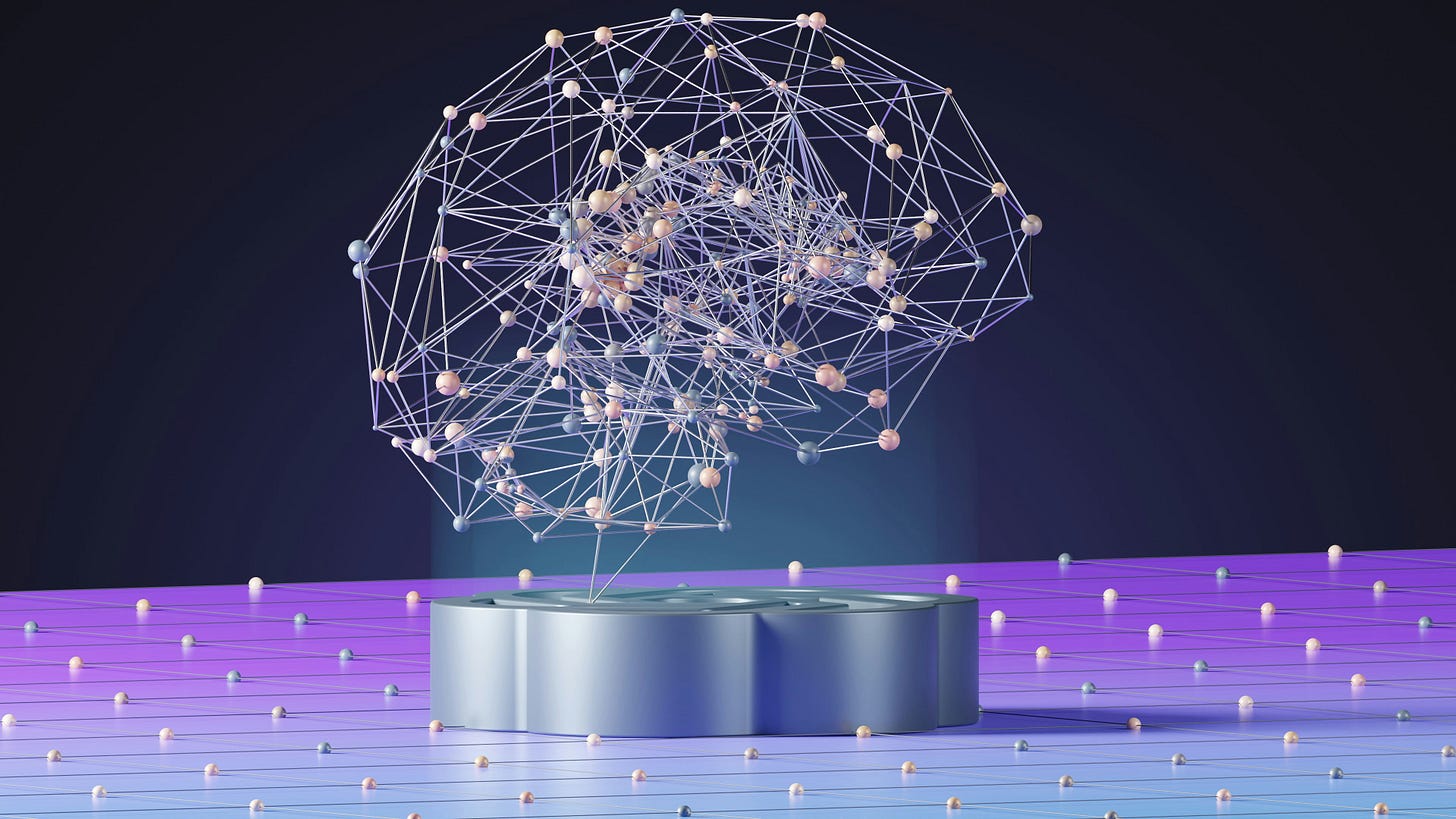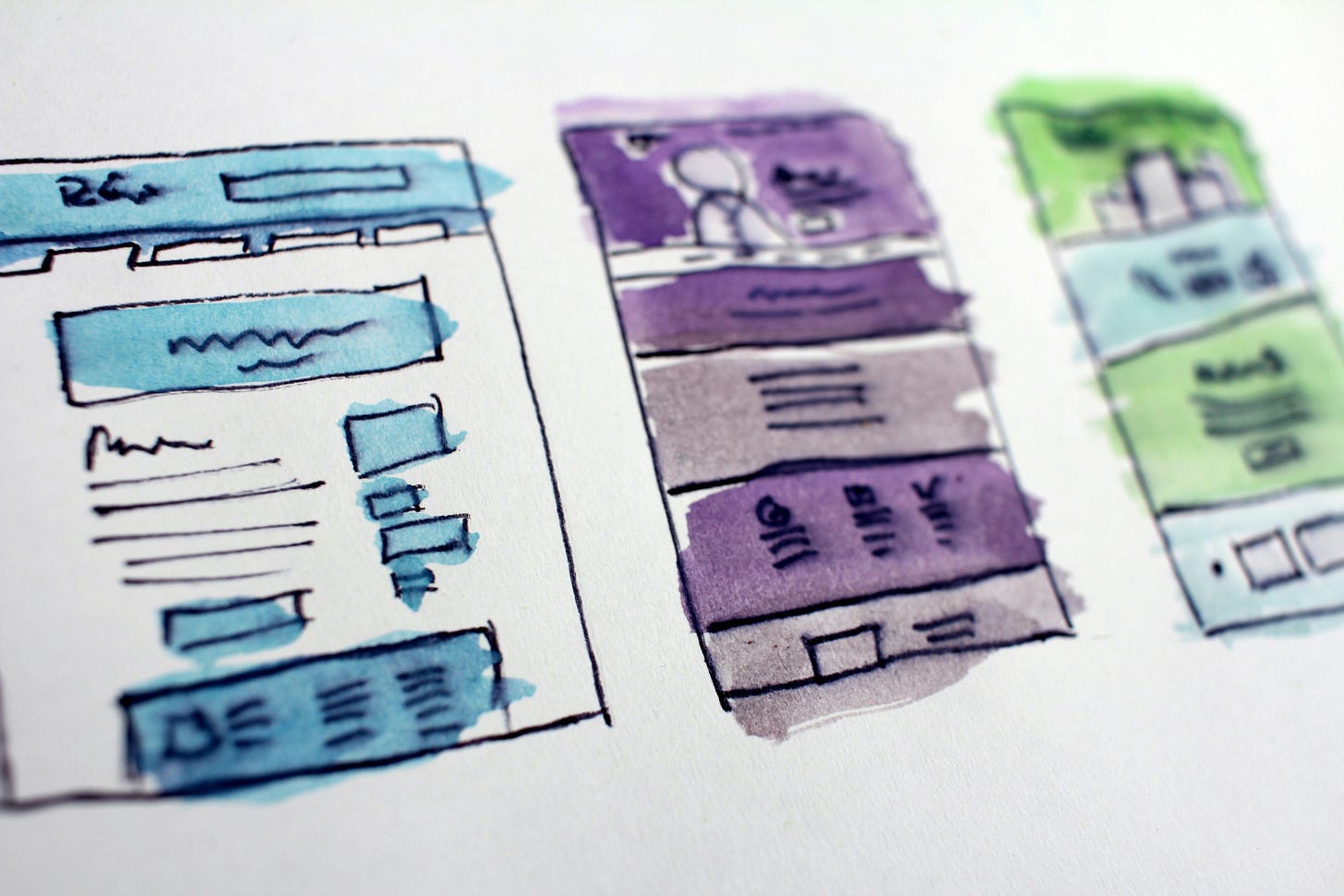Introduction to Behavioral Science in Marketing
The Hidden Force Behind Consumer Decisions
From the previous article, we got a glimpse of how cognitive bias affect pricing strategies in digital marketing. However, we haven’t yet explored what behavioral science is and it’s importance in today’s modern marketing.
What is Behavioral Science?
"Understanding how people think, what motivates them, and what shapes their decisions is the key to unlocking the power of behavioral science in marketing." -Dan Ariely - Behavioral Economist and Author of "Predictably Irrational"
Behavioral science helps us understand how people make decisions. It uses different research from fields such as psychology, behavioral economics, sociology, etc. to study how humans behave.
Importance of Behavioral Science in Modern Marketing
"Doing business without advertising is like winking at a girl in the dark. You know what you are doing, but nobody else does." – Stuart H. Britt
Marketing in the digital age is very competitive nowadays. Simply having an online presence is no longer enough. A Consumers are constantly evolving and understanding them should be a priority nowadays if you want your business to survive and grow.
Due to the shift in the way consumers rely on digital nowadays, there’s lots of data available.
However, data is not enough. It only tells us the “what” not the “why”. We need to look at the data through the eyes of the users/customers.
For example, your analytics may show a high bounce rate on a specific page or customer journey flow (the what). While this is valuable information, it's merely surface-level. To enhance user experience, we need to understand why this is happening. This is where behavioral science comes in, helping us decode human behavior online.
By combining data with behavioral insights, we can:
Interpret user actions more accurately
Predict future consumer trends
Design more effective marketing strategies
Create personalized user experiences
In essence, behavioral science bridges the gap between raw data and meaningful insights.
Mapping the Customer Journey Online
Consumers go through various stages in their online buying journey. At each stage, companies can apply behavioral science research to remain competitive and attract more consumers.
Awareness: Capturing Attention
Before a consumer buys from a brand, they first need to be aware of your product/service and recognize their own problem. Ways to achieve this include:
Be Different: Stand out from the competition.
Be Relevant: Ensure your message resonates with the target audience.
Trust: Build initial trust with potential customers.
Being Likable: Create a positive impression.
Consideration: Building Interest
Once aware of your brand, consumers move to the next stage. They know you exist and somewhat like you, but that’s not enough for them to buy from you. To push them through the funnel, you can employ these tactics:
Authority: Position yourself as an expert in your field.
Reciprocity: Offer value upfront to create a sense of obligation.
Social Proof: Use testimonials and reviews to establish credibility.
Conversion: Sealing the Deal
At this stage, consumers are 90% decided on your product or service. However, the conversion stage is critical and can make or break the process. If there’s too much friction in the purchasing process, they can still back out. Key considerations include:
Friction: Reduce any obstacles in the purchasing process.
Security: Provide assurance about the safety and reliability of the transaction.
There are more tactics to consider under each stage of the buyer’s journey, which we will dive into in future posts.
Behavioral Science in Action
Pricing Strategies That Persuades
There are multiple ways to leverage behavioral science in pricing your pricing strategy. One way is to leverage the anchoring effect in your pricing strategy which is backed up by research in the field and are being used by businesses nowadays.
Website Design That Converts
Applying behavioral principles in designing a website is critical. Your website is your storefront in the digital world, and visitors should have a great experience navigating it. Gone are the days where having a beautiful website is enough. Without applying behavioral principles, you’re missing out on potential revenue. Your website should intuitively guide visitors toward desired actions.
For example, Booking.com effectively uses the principle of scarcity. They usually shows "In high demand - only 2 rooms left" for popular hotels. They use real-time inventory updates to create urgency.
Ad Copy That Resonates
Ads are becoming increasingly engaging and hard to ignore. They have only 8 seconds or less to capture your attention, so advertisers must create compelling content quickly. Large advertisers often conduct A/B tests on ads, experimenting with different headlines, copy, creatives, and layouts to see which performs better. They also use behavioral triggers such as reciprocity, scarcity, and authority, and analyze data from these tests to understand which triggers are most effective.
For example, most B2B SaaS ad use the authority principle. They highlight credible third-party endorsements or awards such as “As featured in Forbes and TechCrunch".
Benefits of Behavioral Marketing
Improved Conversion Rates
Optimizing for more transactions with the same number of visitors is achievable through behavioral insights. Using principles of behavioral science is proven effective in increasing sales and influencing consumer behavior.
Enhanced Customer Experience
Applying behavioral principles to the overall customer buying experience ensures they have the best possible experience, leading to loyal customers and a win-win situation.
Data-Driven Decision Making
Integrating data and behavioral principles will give you a more holistic approach to creating a more data-driven strategy.
Key Takeaways:
Behavioral science in marketing helps understand the 'why' behind consumer actions, going beyond just data.
The customer journey consists of three main stages: Awareness, Consideration, and Conversion. Each stage requires different behavioral tactics.
Applying behavioral principles can significantly improve pricing strategies, website design, and ad copy optimization.
Key benefits of using behavioral science in marketing include improved conversion rates, enhanced customer experience, and data-driven decision making.
Successful implementation requires continuous testing and refinement of strategies based on your specific audience and product.
Recommended Resources
I highly recommend reading Influence by Robert Cialdini, Ph. D as he shared different psychological principles of persuasion
I recently discovered this blog where it list different cognitive biases
Photo credits
Brain: Photo by Growtika on Unsplash
Website: Photo by Hal Gatewood on Unsplash




